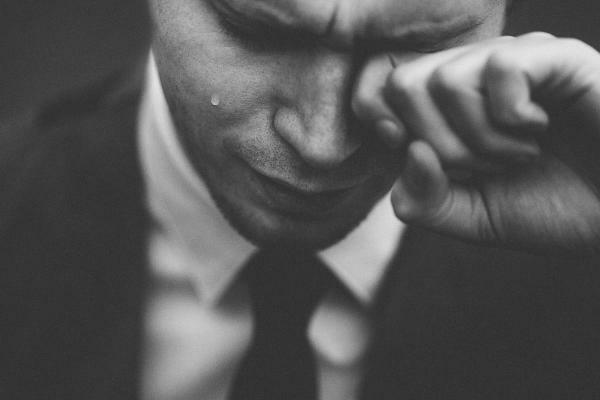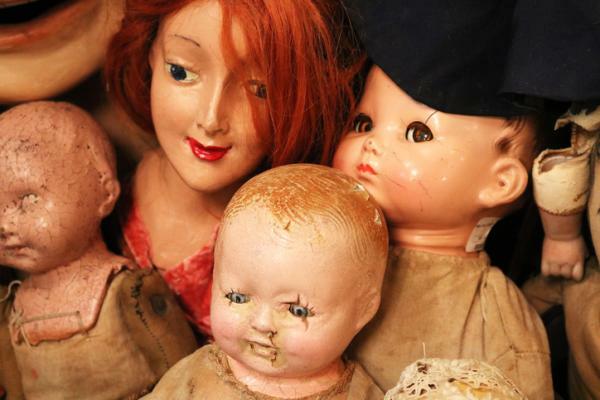
If I tell you that pediophobia is the fear of dolls, surely you immediately think of dolls like Annabelle or Chucky. Perhaps you think of all those dolls that your grandmother has at home, porcelain, with a rigid face and a half-closed eye that seems to be following you with its eyes or in a antique shop that sells dolls, those that seem worthy of a horror movie and that just by seeing them in the window you know you wouldn't risk buying them, "don't go to to be..."
You should know that pediophobia is not about the fear of this kind of dolls, but of all kinds of dolls, even those with which you played as a child and loved them. So if you want to know more about this phobia, keep reading! In this Psychology-Online article, we explain what is pediophobia, what are its causes and symptoms, and how to treat it.
Pediophobia is exaggerated and irrational fear of dolls. This word comes from the Greek paidion (child) and phobos (fear or phobia). Pediophobic people are terrified of dolls, especially those with real features. And not only dolls, but also mannequins and any figure that may resemble a doll or has similar features.
If you wonder why dolls scare me, the cause is not just a stressor or an experience, or the biological predisposition of the individual, but must always keep in mind the interaction between genetics and environment.
The subject suffering from pediophobia surely has a widespread biological vulnerabilitybecause, along with the stress you experience, it will create a false alarm sensation, which will end up becoming a learned alarm, generating a psychological vulnerability.
This vulnerability is influenced by learning, either directly or vicariously from other real alarms. This cycle leads to the appearance of anxiety disorders and phobias such as pediophobia.
The key to overcoming the fear of dolls is repeated exposure to the particular feared stimulus and the generation of a new learning in which the feared stimulus becomes innocuous.
To begin the treatment of pediophobia, it is important to acquire anxiety control and relaxation skills, as well as create a safe environment within the framework of a appropriate therapeutic alliance in order to continue moving forward. From here, as with all phobias, the best treatment would be exposure therapy or systematic desensitization.
exposure therapy
According to Wolpe, systematic desensitization works by counterconditioning, that is, by associating or generating an opposite response, such as relaxation, to the one that would be initially generated, such as fear and anxiety.
Exposure therapy, the most current and used, is based on Maurer's bifactorial theory and the habituation and extinction models. Its effectiveness in curing pediofobia lies in prevent avoidance from becoming a safety signal. This therapy can be carried out in several ways:
- Live (gradual or inversive): exposing himself directly to the situation that generates the irrational fear with dolls.
- symbolic: through associated visual or auditory stimuli or through virtual reality.
- In a group: thus increasing social support and motivation and adherence to therapy.
- interoceptive: provoking the bodily sensations typical of the moment the fear appears, such as hyperventilation.
Other cognitive behavioral therapies
Other techniques are known to work with some phobias such as narrative therapy and eye movement processing and desensitization (EMDR). All these therapies mentioned are included in the cognitive behavioral current of psychology, of which we have more scientific evidence of its effectiveness. If you want to know more about how it works, in this article, we will tell you what is behaviorism in psychology.
As always, the choice of the most appropriate treatment will depend on many personal, social, and environmental factors, which will make one type or another work better. Regardless of the type of treatment chosen, the keys to success to cure pediofobia are:
- That the therapist has knowledge of the conceptual model that applies.
- A good therapeutic relationship has been established.
- That a consistent logic of treatment be transmitted.
- That the different exposure modalities be implemented effectively.
If you think that you could suffer from pediophobia and you notice that this is interfering with your daily life and causing you discomfort, it is It is important that you see a psychologist. who can do the relevant tests and carry out the treatment that best suits your case.
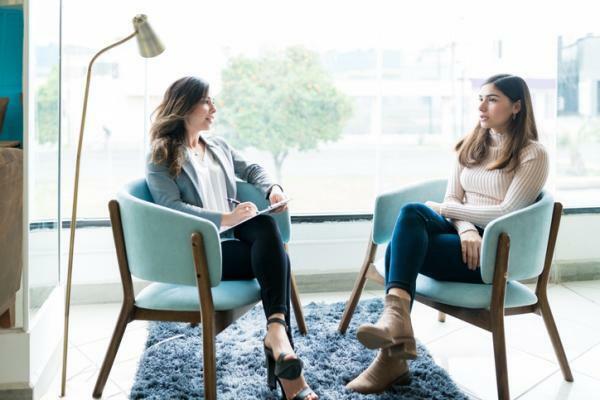
This article is merely informative, in Psychology-Online we do not have the power to make a diagnosis or recommend a treatment. We invite you to go to a psychologist to treat your particular case.
If you want to read more articles similar to Pediophobia: meaning, symptoms, causes and treatment, we recommend that you enter our category of Clinical psychology.
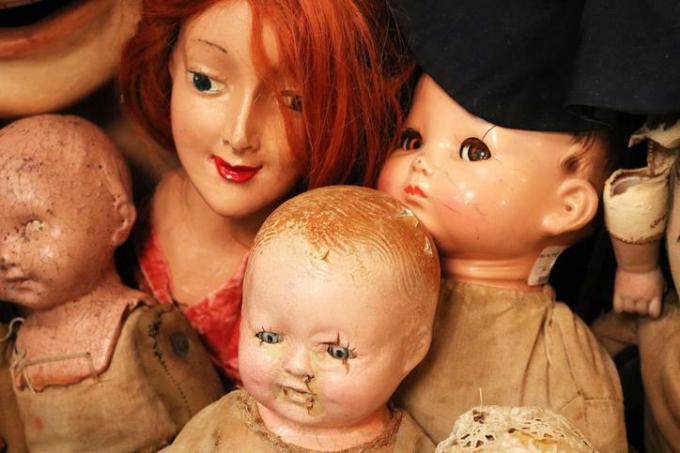

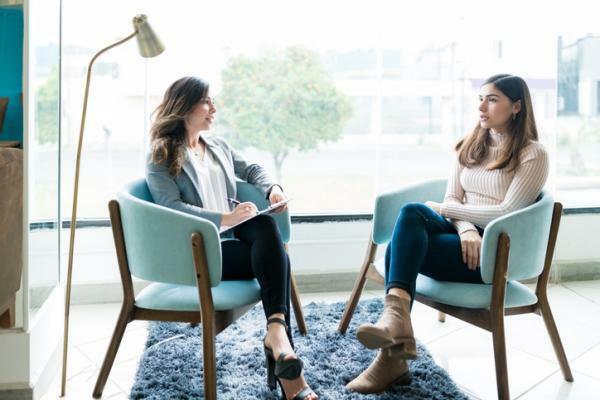
1 from 3
Pediophobia: meaning, symptoms, causes and treatment
